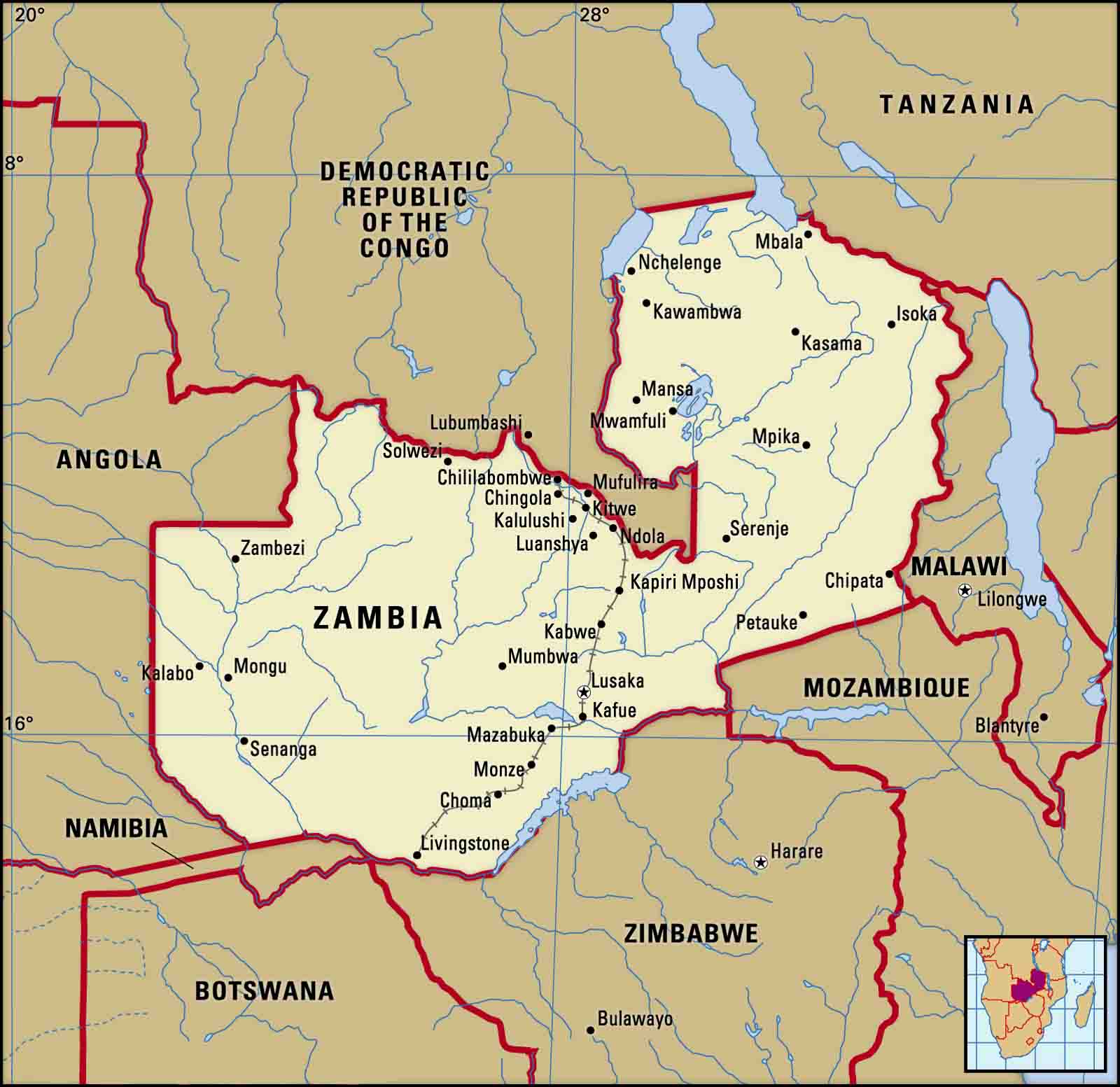Biodiversity & Environment
Lead Poisoning
- 25 Mar 2022
- 5 min read
For Prelims: Lead Poisoning, Lead, anaemia, hypertension, renal impairment, United Nations Environment Programme
For Mains: Environmental Pollution & Degradation, Lead Poisoning and related concerns
Why in News?
Recently, high levels of lead were found in the blood of thousands of children living around the Kabwe mine in Zambia.
What is Lead Poisoning?
- About:
- Lead poisoning or chronic intoxication is caused by the absorption of Lead in the system and is characterised especially by fatigue, abdominal pain, nausea, diarrhoea, loss of appetite, anaemia, a dark line along the gums, and muscle paralysis or weakness of limbs.
- Children younger than 6 years are especially vulnerable to lead poisoning, which can severely affect mental and physical development. At very high levels, lead poisoning can be fatal.
- Lead exposure also causes anaemia, hypertension, renal impairment, immunotoxicity and toxicity to the reproductive organs.
- More than three quarters of global lead consumption is for the manufacture of lead-acid batteries for motor vehicles.
- Sources of Lead Poisoning:
- People can become exposed to lead through occupational and environmental sources. This mainly results from:
- Inhalation of lead particles generated by burning materials containing lead, for example during smelting, recycling, stripping leaded paint and using leaded aviation fuel, and
- Ingestion of lead-contaminated dust, water (from leaded pipes) and food (from lead-glazed or lead-soldered containers).
- People can become exposed to lead through occupational and environmental sources. This mainly results from:
What is Lead?
- Lead is a naturally occurring toxic metal found in the Earth’s crust.
- Lead in the body is distributed to the brain, liver, kidney and bones. It is stored in the teeth and bones, where it accumulates over time.
- Human exposure is usually assessed through the measurement of lead in blood.
- Lead in bone is released into blood during pregnancy and becomes a source of exposure to the developing foetus.
- There is no level of exposure to lead that is known to be without harmful effects.
- Lead exposure is preventable.
What about the Disease Burden of Lead?
- According to the Institute for Health Metrics and Evaluation (IHME), in 2019, lead exposure accounted for 900 000 deaths and 21.7 million years of healthy life lost (Disability-Adjusted Life Years, or DALYs) worldwide due to long-term effects on health.
- The highest burden was in low- and middle-income countries.
What has been the Response of the World?
- WHO’s Response:
- Lead as one of 10 chemicals of major public health concern by the World Health Organization (WHO).
- WHO has joined with the United Nations Environment Programme to form the Global Alliance to Eliminate Lead Paint.
- Leaded paint is a continuing source of exposure in many countries.
- WHO is also a partner in a project funded by the Global Environment Facility (GEF) that aims to support at least 40 countries in enacting legally binding controls on lead paint.
- The GEF, established on the eve of the 1992 Rio Earth Summit, is a catalyst for action on the environment — and much more.
- India’s Response:
- The Ministry of Environment, Forest and Climate Change (MOEFCC) has passed a notification as “Regulation on Lead contents in Household and Decorative Paints Rules, 2016" and has prohibited manufacture, trade, import as well as export of household and decorative paints containing lead or lead compounds in excess of 90 Parts Per Million (PPM).
UPSC Civil Services Examination, Previous Year Questions (PYQs)
Q. Lead, ingested or inhaled, is a health hazard. After the addition of lead to petrol has been banned, what still are the sources of lead poisoning? (2012)
- Smelting units
- Pens and pencils
- Paints
- Hair oils and cosmetics
Select the correct answer using the codes given below:
(a) 1, 2 and 3 only
(b) 1 and 3 only
(c) 2 and 4 only
(d) 1, 2, 3 and 4
Ans: (b)





